Recordings


Allan Gravgaard Madsen Gudmundsen-Holmgreen Nachtmusik - for Violin and Orchestra
Christina Åstrand, violin. Per Salo, piano.
Danish National Symphony Orchestra, Ryan Bancroft, Nicolas Collon
Dacapo 2019
Allan Gravgaard Madsen’s brand new double concerto for violin and piano greets the night starting with one single note which in the course of the movement unfolds into cascades of harmonies throughout the entire orchestra. Pelle Gudmundsen-Holmgreen was the maverick of contemporary Nordic music until his death in 2016. The violin concerto For violin and orkester ventures into the jungle in the classic Gudmundsen-Holmgreen-style forcing us to reassess our place in a world full of noises.


Friedrich Kuhlau Violin Sonatas Vol 2
Sonater opus 33 and 110.
Duo Åstrand/Salo.
Dacapo 2019.
Kuhlau championed new tones in Danish music, and his melodically appealing violin sonatas were the first Danish sonatas in the Romantic style. This cd, containing the last four sonatas, concludes Duo Åstrand/Salo’s complete recording of Kuhlau’s violin sonatas.
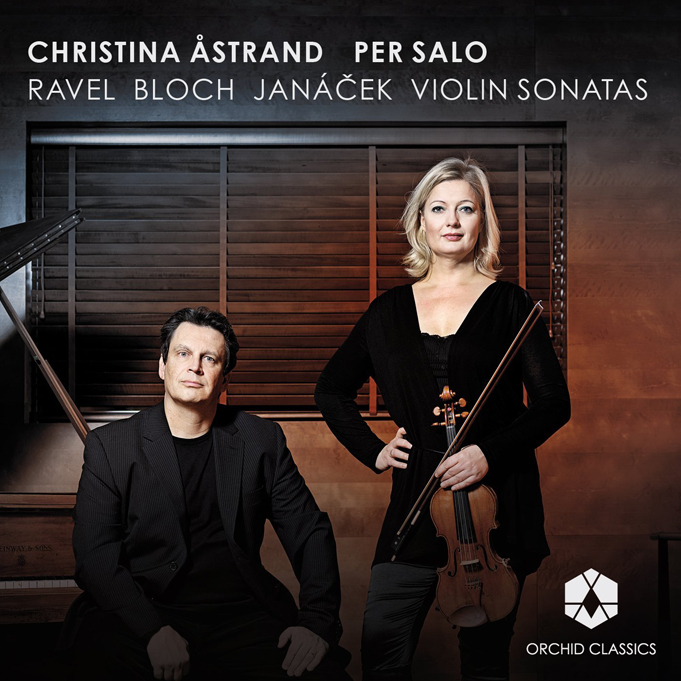

Maurice Ravel - Ernest Bloch - Leos Janacek Violin Sonatas
Duo Åstrand/Salo.
Christina Åstrand, violin. Per Salo, piano.
Orchid 2012.
Three very different violin sonatas are featured on this disc, reflecting the contrasting characteristics and standings of their respective composers. This release even includes a dvd with all three sonatas filmed on the stage of the concert hall in DR-Byen in Copenhagen.
The sonatas were composed almost at the same time – but in three different places in the world at that crucial time between the two World Wars. Ravel’s Sonata was composed in 1923-1927 in Paris, Bloch’s Poème Mystique in 1924 in the United States, and Janácek’s Sonata was written a little earlier in 1914 in Prague but didn’t receive its first performance until 1922.
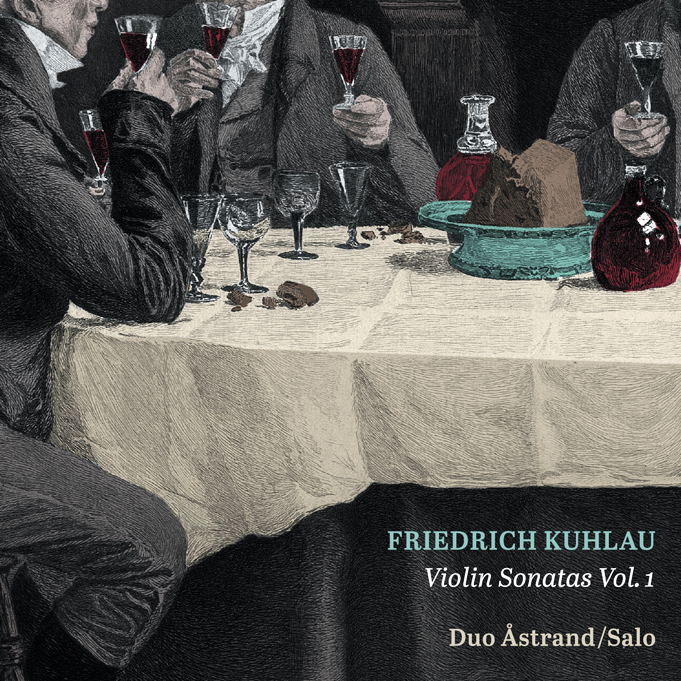

Friedrich Kuhlau Violin Sonatas Vol 1
Sonatas opus 64 and 79.
Duo Åstrand/Salo.
Dacapo 2014.
The German composer Friedrich Kuhlau (1786-1832) fled to Denmark as a young man and with his strong cosmopolitan personality became a loner – and at the same time a key figure – in the Danish Golden Age. Kuhlau championed new tones in Danish music, and his melodically appealing violin sonatas were the first Danish sonatas in the Romantic style. With this recording Duo Åstrand/Salo lends new lustre to music that has only rarely been performed in our time.


Carl Nielsen the Violin Sonatas & Solo Violin Works
Duo Åstrand/Salo.
Christina Åstrand, violin. Per Salo, piano.
Decca 2007.
The sonatas were met with harsh criticism during Nielsen's time for his rather abrupt and radical key changes, which must have been difficult to digest for audiences at the time. Nowadays, a change from A major to F minor hardly seems shocking; on the contrary, the frequent changes in color keep listeners' interest up throughout the sonatas.

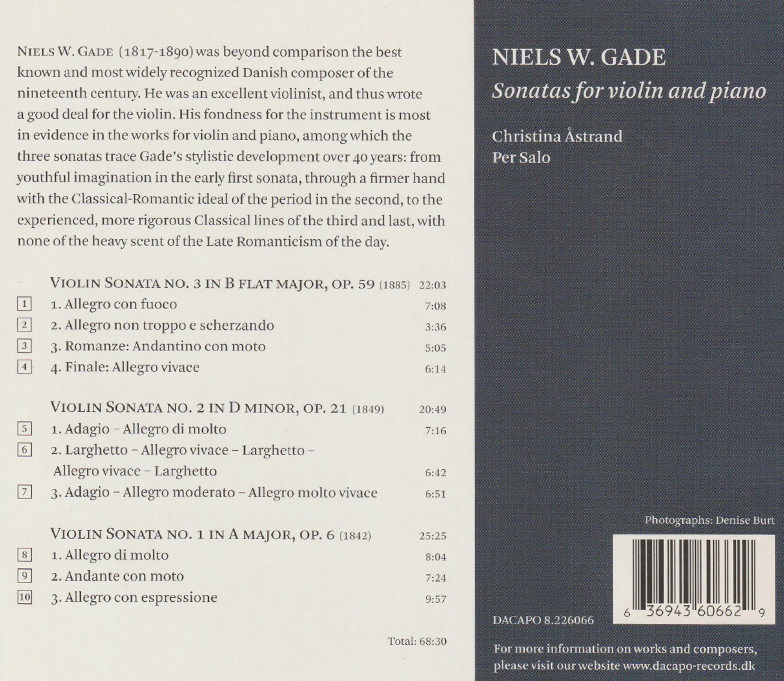
Niels W Gade Violin Sonatas Opus 6, 21 and 59
Duo Åstrand/Salo.
Christina Åstrand, violin.
Per Salo, piano.
Dacapo 2009.
Niels W. Gade (1817-1890) was beyond comparison the best known and most widely recognized Danish composer of the nineteenth century. He was an excellent violinist, and thus wrote many works for the violin. His fondness for the instrument is most in evidence in the works for violin and piano, among which the three sonatas trace Gade's stylistic development over 40 years: from youthful imagination in the early first sonata, through a firmer hand with the Classical-Romantic ideal of the period in the second, to the experienced, more rigorous Classical lines of the third and last, with none of the heavy scent of the Late Romanticism of the day.
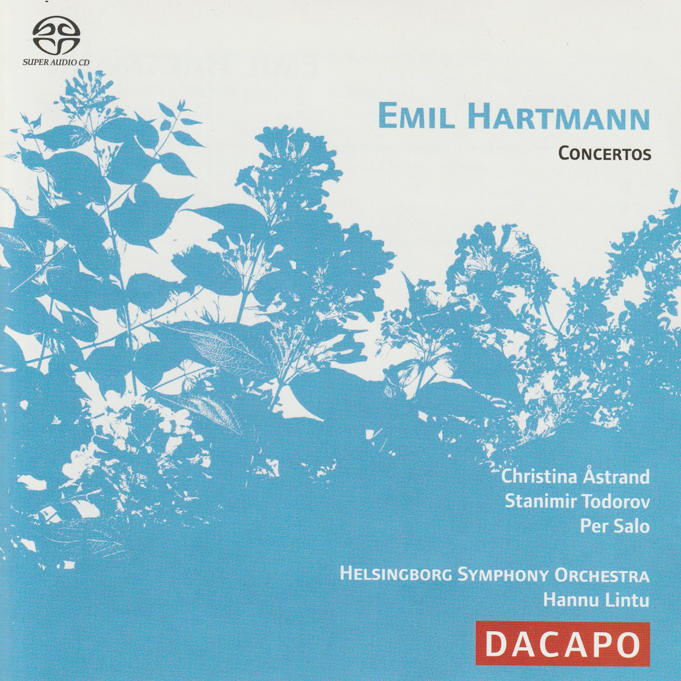

Emil Hartmann Violin Concerto, Piano Concerto and cello Concerto
Christina Åstrand, violin. Per Salo, piano. Stanimir Todorov, cello.
Helsingborg Symphony Orchestra. Hannu Lintu.
Dacapo 2005.
Emil Hartmann (1836-1898) experienced great success when he toured Germany and the rest of Europe conducting his own works, and was often compared to the great Romantic masters of the European musical scene. But at home in Denmark the composer was overshadowed throughout his life by his famous father J.P.E. Hartmann. The writer Hans Christian Andersen actually said of the two Hartmanns that old Hartmann is a born composer, young Hartmann was brought up to it. With this recording of Emil Hartmann's three concertos - for violin, cello and piano - we can be in no doubt that the fame that Emil Hartmann enjoyed abroad was more than deserved.
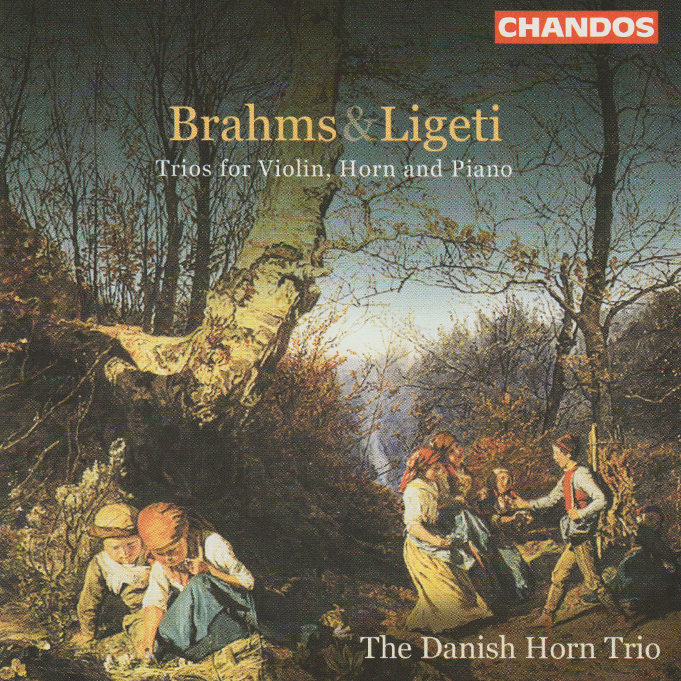

Johannes Brahms Horn Trio Opus 40 György Ligeti: Horn Trio (1982)
The Danish Horntrio.
Chandos 2001.
Brahms’s Trio for Violin, Horn and Piano, Op. 40 (1864–5) was the first significant work for this particular instrumental combination – and, although it has had some distinguished successors, has remained supreme in the genre it established. György Ligeti has called Brahms’s work one which ‘floats in the celestial spheres of the musical heaven as the incomparable example of this category of chamber music’. The very fact that Ligeti felt the urge to enter this category himself suggests the significant position his own Trio (1982) holds in his output. It signals a turn away from his more radically avant-garde music of the previous quarter- century towards a more ‘classical’ approach in which he accepted, though very much on his own terms, traditional genres, more familiar elements of tonality and expressivity, and echoes of Hungarian folk music.
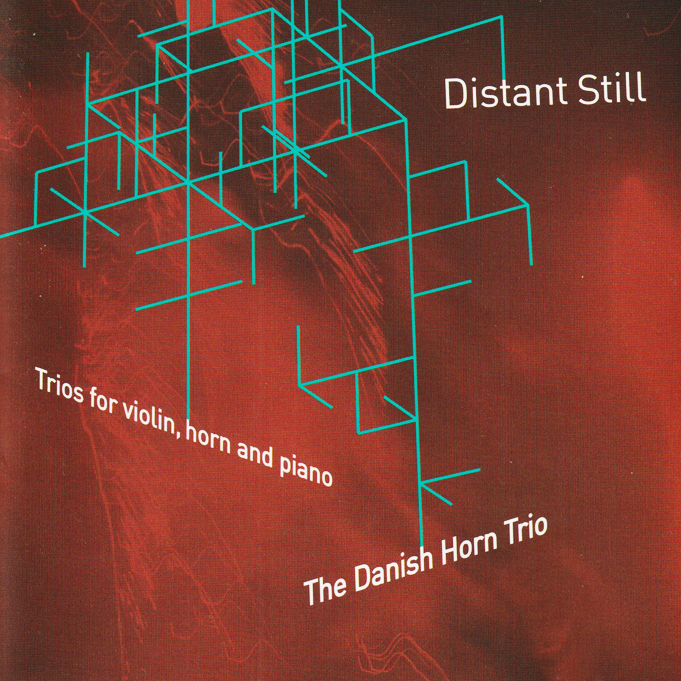

Distant Still Poul Ruders - Søren Nils Eichberg Pelle Gudmundsen-Holmgreen Trios for Violin, Horn and Piano
Christina Åstrand, violin.
Jakob Keiding, horn.
Per Salo, piano.
Dacapo 2011
The Danish Horn Trio brilliantly displays three of today's leading Danish composers' work with the horn trio phenomenon: Poul Ruders, Pelle Gudmundsen-Holmgreen and Søren Nils Eichberg. All three composers on this CD clearly nod to the genre's legacy by Brahms and Ligeti, and all are profoundly inspired by the transparent soundscape of the three fundamentally different instruments - one bowed, one blown and one struck. However, there are no direct lines connecting the three composers. Each is a distinctive artist who likes to speak with a clear, assured voice - in his own mother tongue. Thus the horn trio becomes a medium through which we can sense varied facets of Danish and international musical history.


Claude Debussy Violin Sonata, Cello Sonata, Piano Trio
Christina Åstrand, violin.
Per Salo, piano.
Henrik Brendstrup, cello.
EMI Classics 1998
Chamber music forms only a minute part of Claude Debussy´s collected work. For the genre he only composed eight works which illustrate none the less, and despite the paucity in number, the development in his tonal language in a fascinating way.